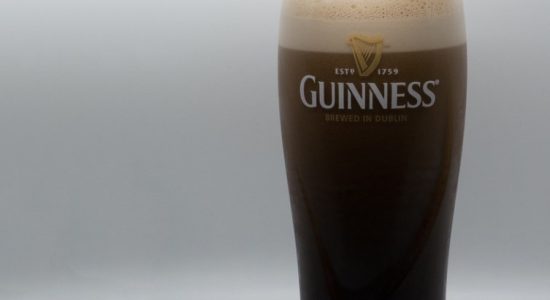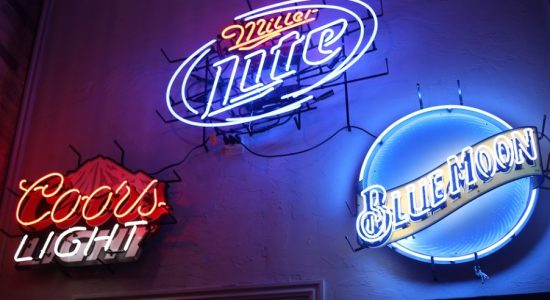This Is What Happens if You Drink Homebrew Too Early

After bottling your homebrew, you’re probably eager to drink your beer and check out the taste. I get that craving to drink my homebrew early a lot, so you are not alone. However, the few times I yielded to the temptations, it never ended well.
When you drink your homebrew too early, you miss out on the final rich taste of the recipe and end up with the green beer taste. This is because you fail to give the beer enough time to condition in the bottle. During conditioning, all flavors dissolve to produce that refreshing crisp taste.
In this article, you’ll learn more about drinking your homebrew too early and why you should wait a while before indulging your cravings.
What Happens if You Drink Homebrew Too Early?
If you are a first-time homebrewer, the urge to drink right away is strong, and even seasoned brewers sometimes battle with patience. You want to taste the fresh homebrew as soon as possible.
However, the wait is always worth it in the end.
If you drink homebrew too early, you will get the green beer taste. It’s the flat taste of young or premature beer that wasn’t given enough time to condition properly in the bottle.
The green beer taste is flat and sometimes bitter, as the flavors are yet to dissolve completely and blend with the beer in the maturation/conditioning process.
The green beer taste isn’t the only off-taste you’ll experience when you drink your homebrew too early.
When drinking just after bottling, you may sometimes pick sulphuric flavors and other harsh notes that will disappear after a few weeks. This might lead you to think your beer is infected and is the reason for the horrible taste, but it’s just the beer demanding more time to mature.
Aged beers are known for their crispy rich taste, and patience is one of the ways to get them.
Why the Green Beer Taste?
The green beer taste is a byproduct of not conditioning your beer in a bottle or conditioning but not giving it enough time. Bottle conditioning is fundamental to enjoying the quality taste of beer as it carbonates to mute off-flavors and helps the beer taste better when it ages.
Carbonation refers to the production of carbon dioxide by yeast and happens when you condition your beer. Bottle conditioning also increases the shelf life of the beer, gives it a better silk texture, and improves its desired flavors.
Bottle conditioning takes time to be complete—from two to four weeks.
If you have added yeast and priming sugar, as is necessary for conditioning, the yeast will roam freely and feed on the sugar.
You need to give the conditioning process enough time for the yeast to consume all the sugar in the beer. If you stop the bottle conditioning prematurely, your homebrew will still be flat in taste.
The conditioning process produces more carbon dioxide, which creates bubbles—a critical feature of beer—and drives off all oxygen present in the beer.
Oxygen reacts with alcohol to produce esters and off-flavors, making your beer taste flat over time.
During the bottling, you might have exposed the beer to air. Luckily, the carbonation process drives this oxygen away and keeps your beer fresh. The yeast will also dilute itself with time—your only job is to wait.
What to Do if You Experience the Green Beer Taste After Conditioning
Sometimes, you may condition your beer in a bottle for as long as three weeks and still end up with the flat or green beer taste. It could even end up tasting like bubblegum or any other off flavor.
But don’t give up on the beer yet. When it comes to brewing, patience is the ultimate virtue, and time takes care of most problems with taste when you have done everything right.
Give It More Time
Let the beer sit idle for some time and pretend to have forgotten about it. It can be hard to wait, but the beer needs time
In my experience, beer tastes better after some months and starts to decline after a year.
Waiting will give the yeast more time to roam freely and take over the beer. It will continue to clean up off flavors in the process.
The flavor of your beer flavor constantly changes with time, improving with each passing day. The taste of your beer now and the taste after two months will not be the same—it will have changed for the best.
Cold Conditioning
Another thing you could do to reduce green beer taste is cold conditioning. Cold conditioning happens after the initial bottle conditioning, which is always done in warm temperatures.
In cold conditioning, you lower the beer’s temperature in the refrigerator for at least 48 hours. It gives the beer more clarity in taste, and the flavors will continue to improve.
While it’s not a fact that the taste will improve after cold conditioning, leaving that bottle in the refrigerator for a few days can make a significant difference.
Chilling your beer has the added advantage of speeding up sedimentation.
Sediments will continually leave the solution and settle at the bottom of the beer. If it’s left there, it can produce some off taste when the beer is in the glass. Sediment will settle at the bottom of the bottle as you pour the solution into the glass.
However, sediment may still form after the beer has been bottled. Usually, this is nothing to worry about. Just make sure to pour it properly so that the sediment doesn’t leave the bottle.
The Bottom Line
Drinking homebrew too early gives you a green beer taste, and sometimes you’ll get off flavors or harsh notes. This is because the beer didn’t go through adequate bottle conditioning, which is what leads to its final rich taste.
Next time you’re tempted to drink your homebrew too early, remember this old saying: “The best beer in any batch is the last”.
This means that the last beer in the batch had more time than the rest, giving it the best taste.






